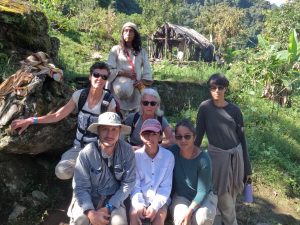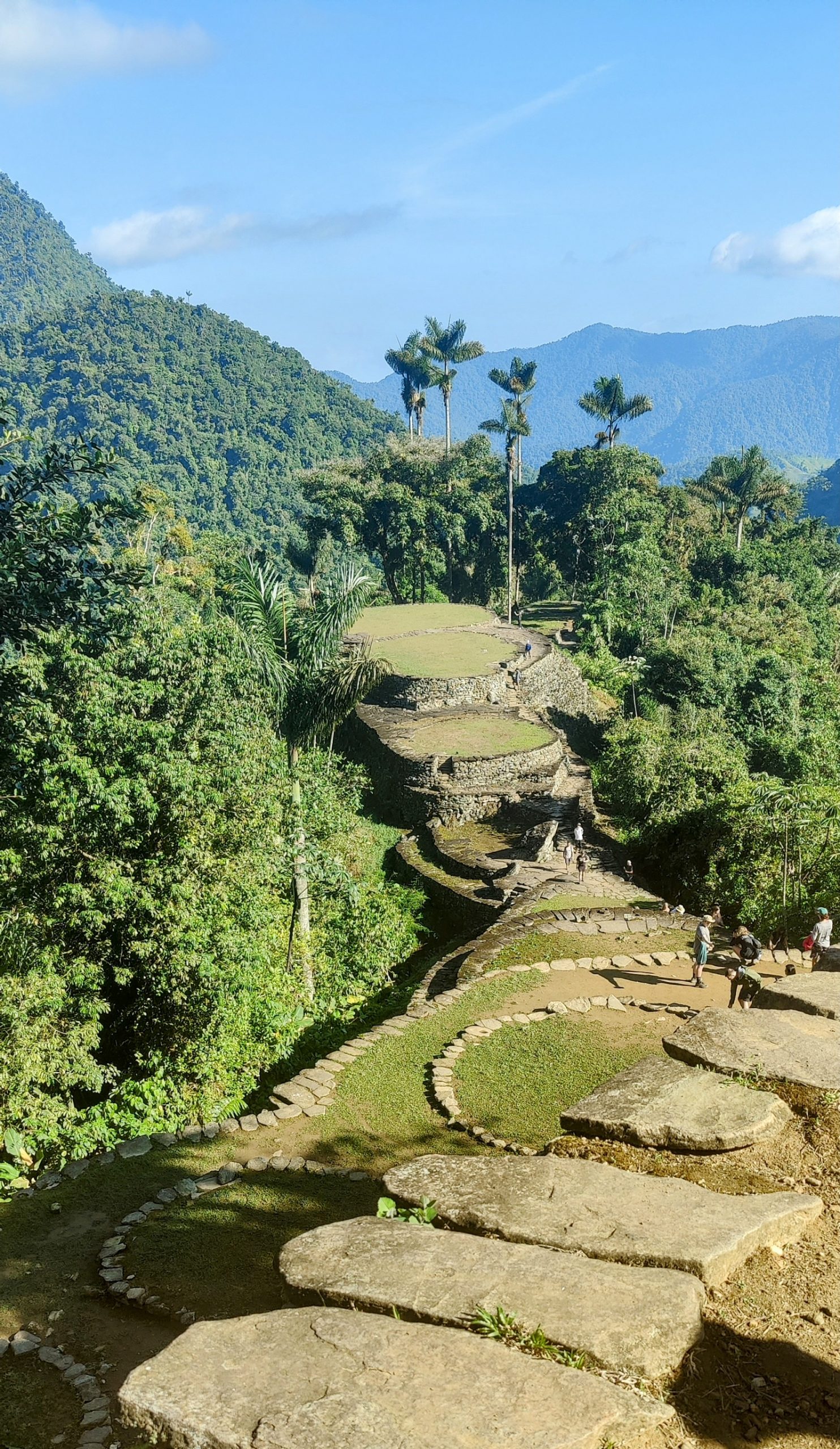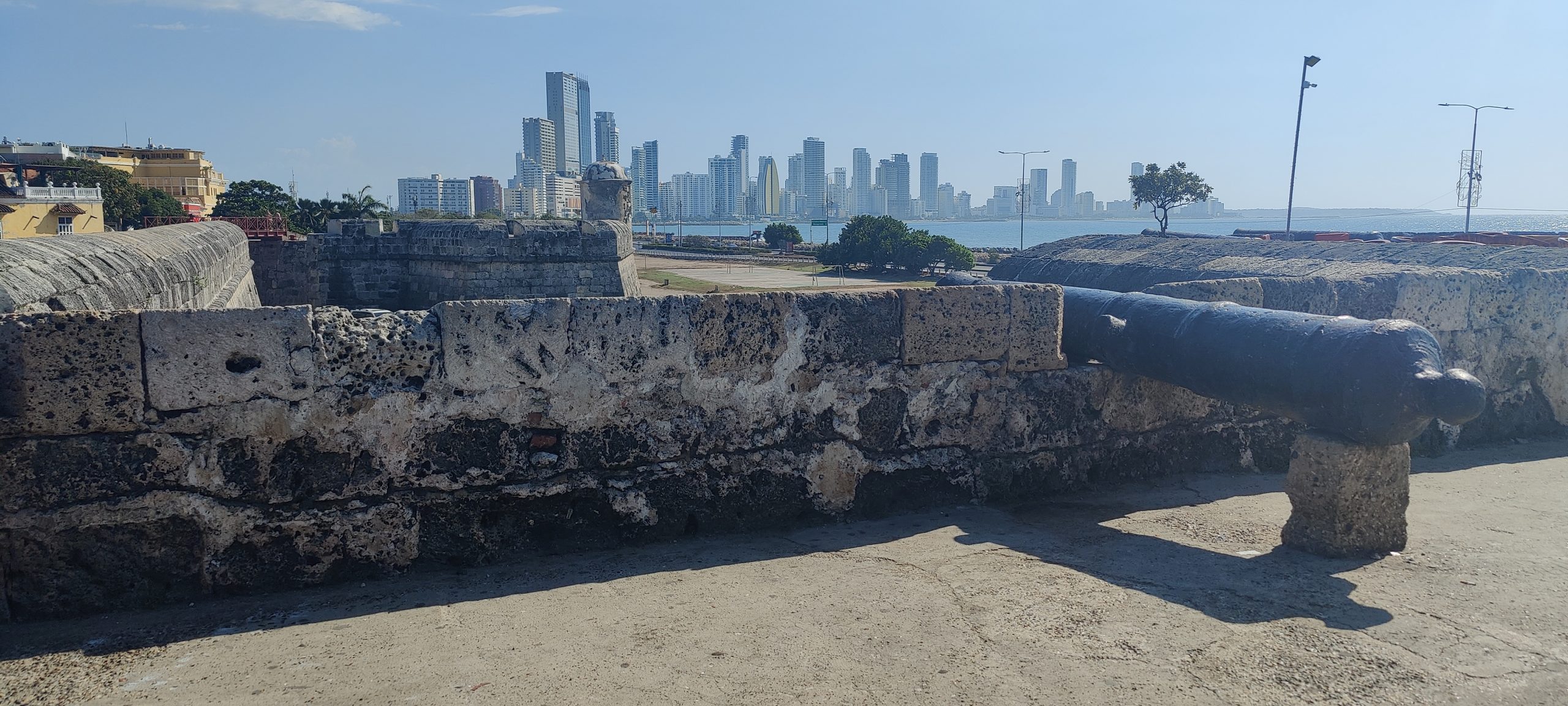Our trip to Ciudad Perdida was a very beautiful trip with mountain landscapes and also an educational trip about the history and culture of the indigenous people here, but unfortunately the trip ended in bad circumstances. I fell out of a Cable Car across the river and landed on a large rock. I was incredibly lucky and got out of it without any bone fractures or bleeding, and feel so happy to be able to sit and write this blog with no more discomfort than pain in my back and the right foot.
Second choice
The trip to Ciudad Perdida was our second choice after Machu Picchu. With a little research on sailing tourism to Peru, we found out that Peru is quite difficult to get to with your own sailing boat, and since we wanted to visit Columbia and Cartagena anyway, we chose to take the hike to Ciudad Perdida instead. The tour goes through the jungle over the mountains of the Sierra Nevada de Santa Martas.
Minca
We started out by taking the bus to Santa Marta and stayed two nights in Minca at a bohemian Tree house Resort with vegetarian food, where you slept really close to nature. Here we practiced yoga in the morning, got massages, bathed in waterfalls, visited a coffee and cocoa farm and rode motorcycle taxis in a very hilly terrain. Filled with wellness, we were ready for what we knew was too difficult a hike for our fitness level.
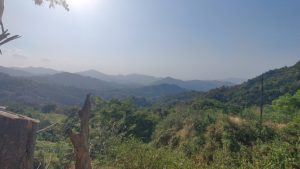
The Hike
It would take 3 days to hike up to the city. After that, you could choose to hike all the way back on the fourth day or take a different route in 2 days, which was less steep and had more waterfalls and viewpoints. We had chosen to take the last route in a total of 5 days. Most people take the 4-day trip, and therefore our group became quite small at 6 people, i.e. Us 4 and two women traveling together; a French and a Belgian woman. With us was a guide, a translator and a chef. The first 3 days we followed along the larger group, which was going home on the fourth day.
The first day we walked 9 km, mostly uphill, and it was steep. I had woken up with a bit of a cold, and was a bit worried about how it would develop during the trip. The hike was tough, but we had breaks along the way, and could occasionally enjoy the most beautiful landscapes opening up on the mountain sides. The temperature was high with a very humid air. We were soon soaked with sweat.
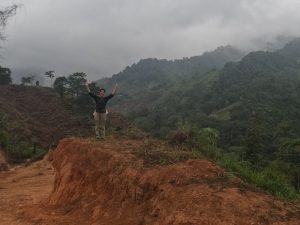
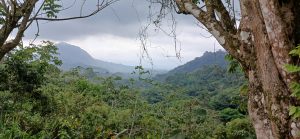
We reached the first camp at 4 o’clock in the afternoon. Positively surprised by the conditions. We had expected hammocks but there were beds with mosquito nets for everyone and there was even a gas generator which produced electricity between 5pm and 9pm. The chef had gone faster than us and was preparing dinner, which was also much better than we expected. Tired from the walk, we went to bed early.
The next morning we were up at 5, breakfast at 5.30 and then off at 6 in the twilight. A little up, a little down. The blisters that had appeared on the feet the day before began to hurt. Elliott and I were challenged uphill. Martin had prepared himself for pain in his arthritic knees, but luckily he was free this time. Today’s route was 17 km with a break in the middle of the day, where we took a refreshing swim in the ice cold river. Now we had reached the lands of the Indigenous people of Sierra Nevada. Along the way, we visited a leader from one of the original tribes who live in the area. He gave us a good introduction to their way of living.
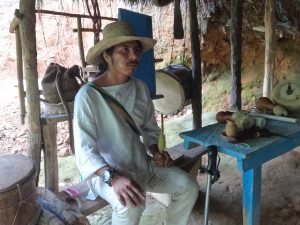
The Indigenous people
The indigenous people live side by side with local farmers. Columbia’s government has given the locals special rights such as financial support and exclusive right to tourism in return for shutting down Koka production. However, the indigenous people have a special permission to cultivate Koka, as the tradition dictates that the men chew Koka leaves during meditation from the time they come of age. The women are given a tin on which to spin cotton yarn while meditating.
There are 4 tribes of indigenous people left scattered across Sierra Nevada in Columbia, who continue to practice their old way of life. The political leader of them all is Mamo, the leader of the Kogi tribe, which is the most traditional of the tribes. With their own laws and legal system with more or less brutal punishments, and rights to large areas of land such as Ciudad Perdida and Tayrona National Park, they are today a protected group of people who enjoy special privileges such as free university education and other financial support from the state.
On our walk we passed through a village which serves as a political gathering place. When meetings and ceremonies are to be held, the various families come here to gather and perform religious ceremonies. Otherwise, the settlement is scattered. Some tribes build round houses with two towers, symbolizing the sun and the two highest mountains of the Sierra Nevada; others build square houses symbolizing the 4 tribes in Sierra Nevada.
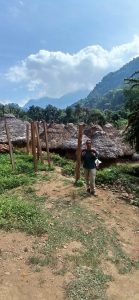
It was interesting to pass them with their mules on the trails; dressed in white with an expressionless face because, according to tradition, a grown man is not allowed to smile or laugh. Fortunately, the children are allowed to laugh. The young boys, herding mules, had cell phones and testified to the inevitable encounters with modern society.
Ciudad Perdida
